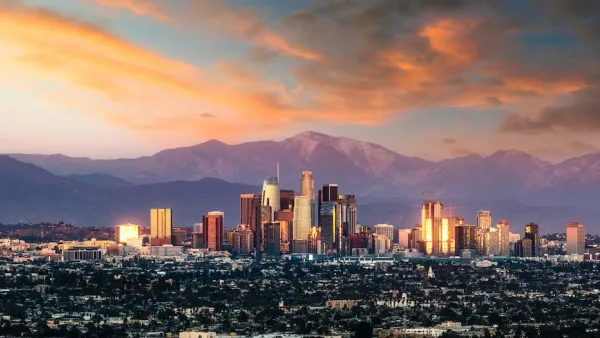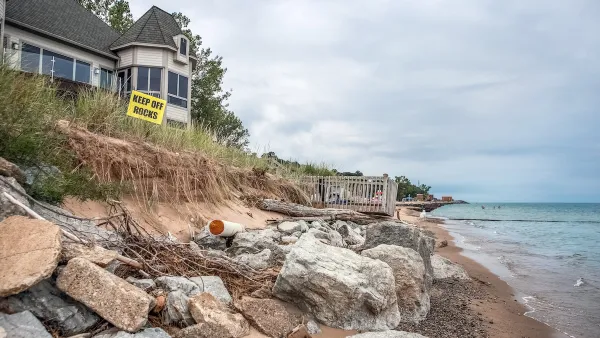Ben Brown takes a hard look at our capacities and limitations in a world more complex than we’d prefer.

"So here we go again. Flood waters rise in southern Louisiana, displacing tens of thousands — some temporarily, others permanently — and potentially costing billions."
"The familiar narrative cycle has cranked up. Right now we’re emerging from the stage where we celebrate the heroism of citizens, volunteers and emergency responders and question the competency of the feds. Next comes the rough accounting of damages and the fights over funding, then the agonizing slog towards a recovery unlikely to ever be complete. Finally will come a lessons-learned wrap-up that could be copied and pasted from reports post-Camille, post-Andrew, post-Katrina, post-Sandy and post a bunch of other recent calamities without a name."
"How to be ready for the next Big One? Better communication at all levels of emergency response. Better advance warning systems. Better ways to prevent folks from living in harm’s way. Same old. If there’s something different this time, it may be this: An increasing uneasiness that we have spent down our capacities for denial, along with the resources required to cope with repetitive disaster. And there’s no turning back."
Ben Brown has been intricately involved in the post-Katrina recovery, as well as the BP Oil Spill. He gives a candid review of new politics for a new normal.
FULL STORY: Unpredictable, High Risk, High Cost: Planning for the worst is the worst

National Parks Layoffs Will Cause Communities to Lose Billions
Thousands of essential park workers were laid off this week, just before the busy spring break season.

Retro-silient?: America’s First “Eco-burb,” The Woodlands Turns 50
A master-planned community north of Houston offers lessons on green infrastructure and resilient design, but falls short of its founder’s lofty affordability and walkability goals.

Delivering for America Plan Will Downgrade Mail Service in at Least 49.5 Percent of Zip Codes
Republican and Democrat lawmakers criticize the plan for its disproportionate negative impact on rural communities.

Test News Post 1
This is a summary

Test News Headline 46
Test for the image on the front page.

Balancing Bombs and Butterflies: How the National Guard Protects a Rare Species
The National Guard at Fort Indiantown Gap uses GIS technology and land management strategies to balance military training with conservation efforts, ensuring the survival of the rare eastern regal fritillary butterfly.
Urban Design for Planners 1: Software Tools
This six-course series explores essential urban design concepts using open source software and equips planners with the tools they need to participate fully in the urban design process.
Planning for Universal Design
Learn the tools for implementing Universal Design in planning regulations.
EMC Planning Group, Inc.
Planetizen
Planetizen
Mpact (formerly Rail~Volution)
Great Falls Development Authority, Inc.
HUDs Office of Policy Development and Research
NYU Wagner Graduate School of Public Service





























